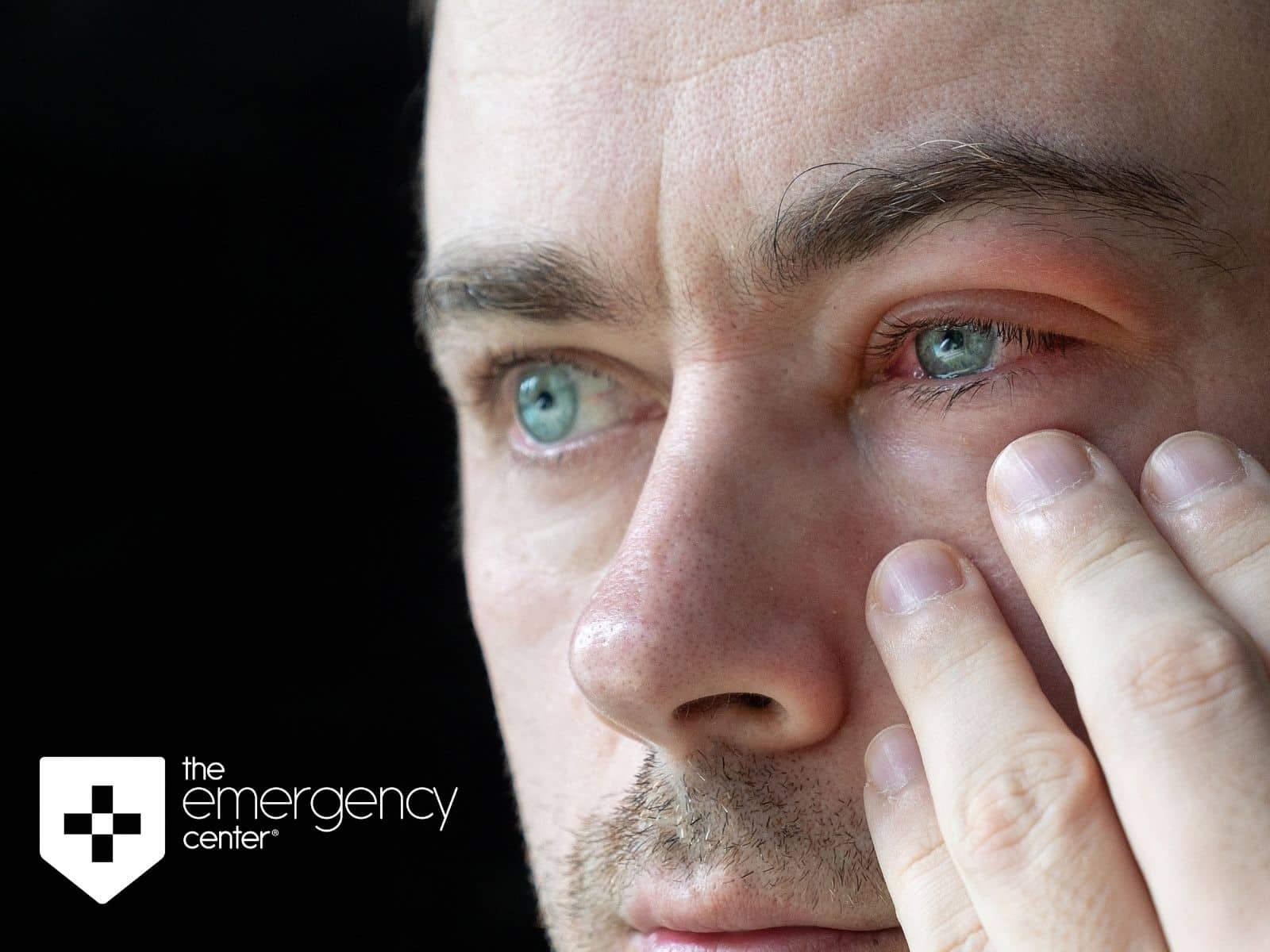Pink eye, also known as conjunctivitis, is a common and highly contagious infection of the eye that can have many causes. In some cases, the cause may be hard to pin down, but the signs of a pink eye infection are clear and can come on rapidly:
Fortunately, pink eye is not a long-term threat to vision.

Though it is not unusual for someone with active pink eye to spread it to others (especially in school or other crowded settings), it is often the result of a virus that spreads when droplets from a cough or sneeze enter the eye, or when a cold migrates from the nose or chest to the eye. It also is commonly caused by bacteria spread via touch to the eye or by using contaminated accessories on or near the eye.
The symptoms are usually the same regardless of whether it is caused by a virus or bacteria. However, bacteria-related pink eye typically lasts longer than pink eye due to a virus.
Some people also get pink eye due to an allergic reaction, often to pollen. Usually both eyes are affected in these cases.
Pink eye can happen any time of year, but it is frequently an unwelcome companion of cold and flu season. To avoid getting it:
For adults and kids with suspected pink eye, it is important to stay away from school, work and other gatherings until it clears. People experiencing cold-like symptoms, may also consider wearing a mask when they are out and about.
The best home remedy for pink eye is putting a cool compress over it and relaxing. People who wear contact lenses should stop wearing them until the infection clears and either throw disposable lenses away or thoroughly disinfect contacts before using them again.
While it is rarely an emergency, getting it diagnosed and treated quickly is important to both finding relief and stopping its spread.
At The Emergency Center, the care team can formally diagnose pink eye with a quick exam and symptom check. Once diagnosed, eyedrops and antibiotics can be prescribed to help shorten the length of the infection, keep it from impacting others, and provide line of sight back to normal life.
The Emergency Center
San Antonio
11320 Alamo Ranch Pkwy
San Antonio, TX 78253
Phone: 210-485-3644
Conroe
4019 I-45 N,
Conroe, Texas 77304
Phone: 936-247-9457
Experiencing abdominal pain? Learn what it could mean by location and when to visit the…
Is your skin redness a sign of something serious? Learn about different types of skin…
Why are ER wait times so long? An emergency room physician explains key delays and…
Are you aware of the dangers of carbon monoxide? Learn prevention tips, symptoms, and how…
Enjoy winter sports safely! Learn how to prevent injuries & discover when to visit emergency…
Worried about ER visits this New Year’s Eve? Learn top safety tips to avoid common…